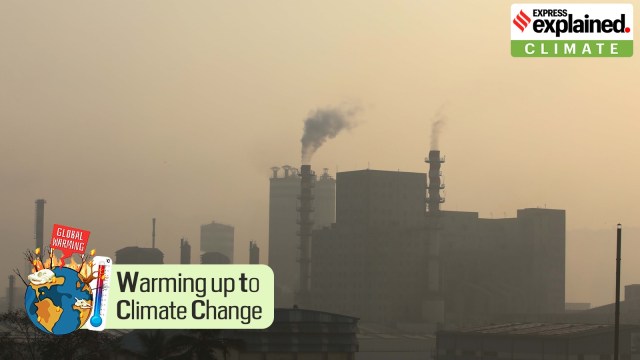January 16, 2024
Unraveling the Impact of Greenhouse Gas Emissions: Understanding the Significance
Introduction
• In this segment of our climate change explainer series, we delve into a pivotal question: “As greenhouse gases occur naturally, why do emissions from human activities matter?” The backdrop of 2023 being declared the warmest year on record underscores the urgency of comprehending the implications of human-induced greenhouse gas emissions. From extreme weather events to the overarching climate change discourse, the importance of addressing this question cannot be overstated.
Greenhouse Gases and the Earth’s Blanket
• To comprehend the significance of human-induced emissions, it’s crucial to understand greenhouse gases (GHGs). These gases, including water vapor, carbon dioxide, methane, ozone, and nitrous oxide, act as Earth’s natural blanket, trapping heat in the atmosphere. This greenhouse effect is essential for maintaining a temperature conducive to life, allowing the existence of liquid water and diverse forms of life on our planet.
The Core Issue: Concentration of Greenhouse Gases
• The crux of the matter lies not in the existence of GHGs but in their concentration in the atmosphere. Over the past millennium, GHG concentrations remained relatively stable. However, since the Industrial Revolution, human activities such as burning fossil fuels and deforestation have led to a significant increase in GHG levels. Carbon dioxide concentration, for instance, has surged by approximately 48% since the pre-industrial era.
Human-Induced Global Warming: Unraveling the Evidence
• Scientific observations, particularly regarding carbon dioxide, provide compelling evidence of human-induced global warming. The altered ratio of carbon isotopes – more carbon-12 and less carbon-14 – signifies a dominance of fossil fuel-derived carbon in the atmosphere. This shift points unequivocally to human activities like the burning of fossil fuels as the primary driver behind rising GHG concentrations.
Long-Term Consequences: The Irreversibility of Carbon Dioxide-Induced Warming
• The ramifications of human-induced emissions extend far beyond the present. Carbon dioxide emitted over the last century will persist in the atmosphere for centuries, contributing to irreversible warming and rising sea levels. The prolonged impact of these emissions necessitates a comprehensive understanding of the consequences on both current and future generations.
Beyond Natural Occurrence: Unprecedented GHG Levels
• Human activities have introduced GHGs like chlorofluorocarbons (CFCs) and hydrofluorocarbons (HFCs), which do not occur naturally. The unprecedented surge in GHG levels, particularly these synthetic compounds, exacerbates the warming effect. Notably, CFCs, once widely used in refrigeration, possess warming potential thousands of times greater than carbon dioxide.
Conclusion
• In conclusion, while greenhouse gases are a natural and essential component of Earth’s climate system, the surge in human-induced emissions, alteration of GHG concentration, and the introduction of synthetic compounds have intensified the greenhouse effect. Understanding these dynamics is imperative for comprehending the urgency of mitigating human-induced climate change and fostering sustainable practices for the well-being of our planet.
January 30, 2025
January 20, 2025
January 14, 2025

